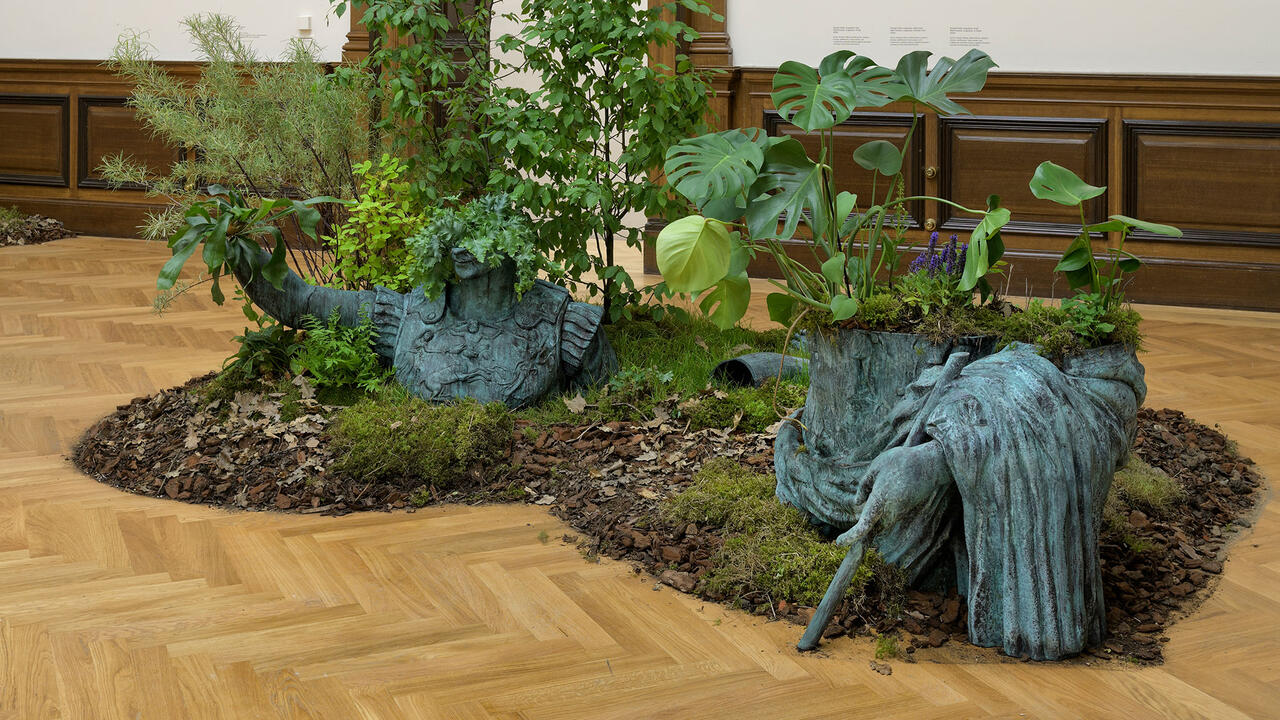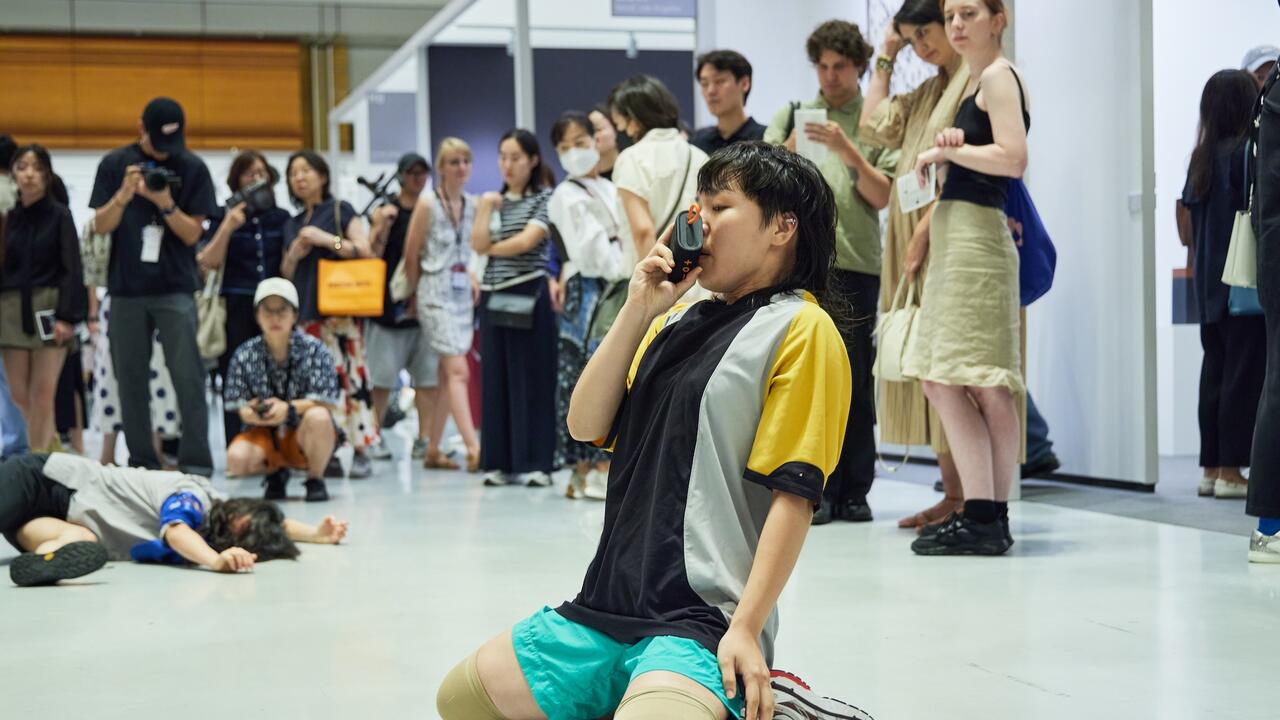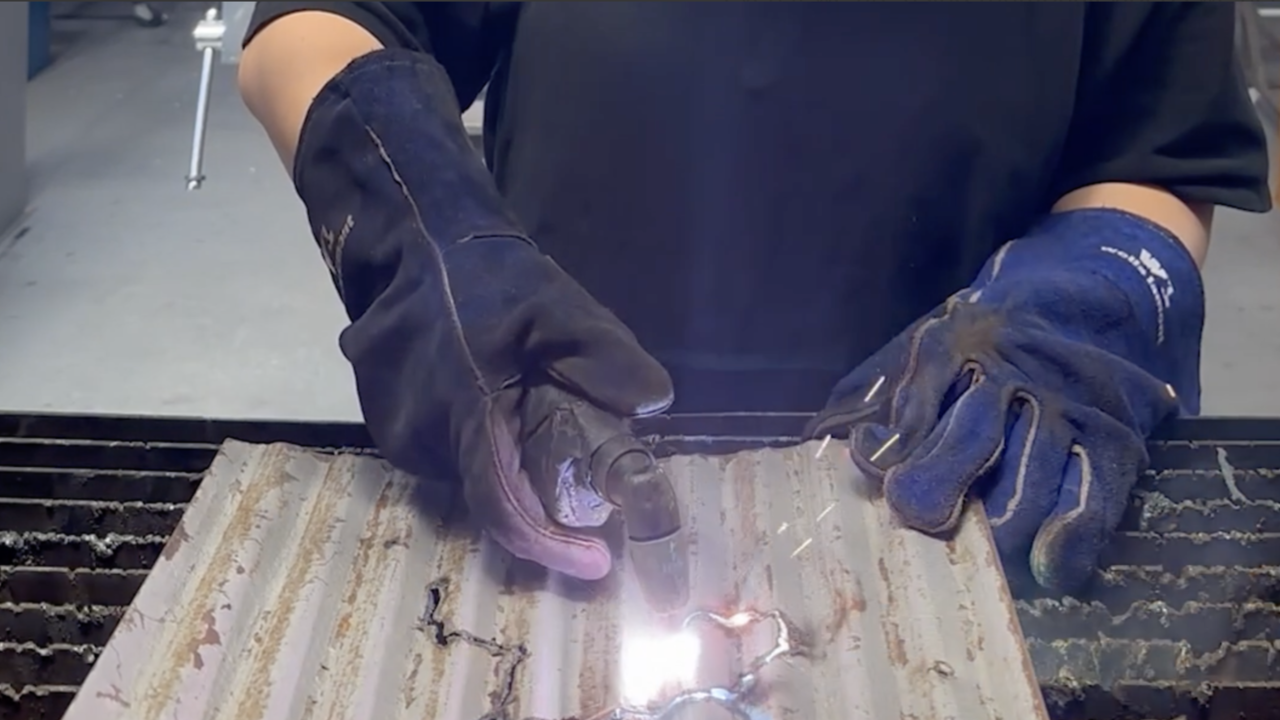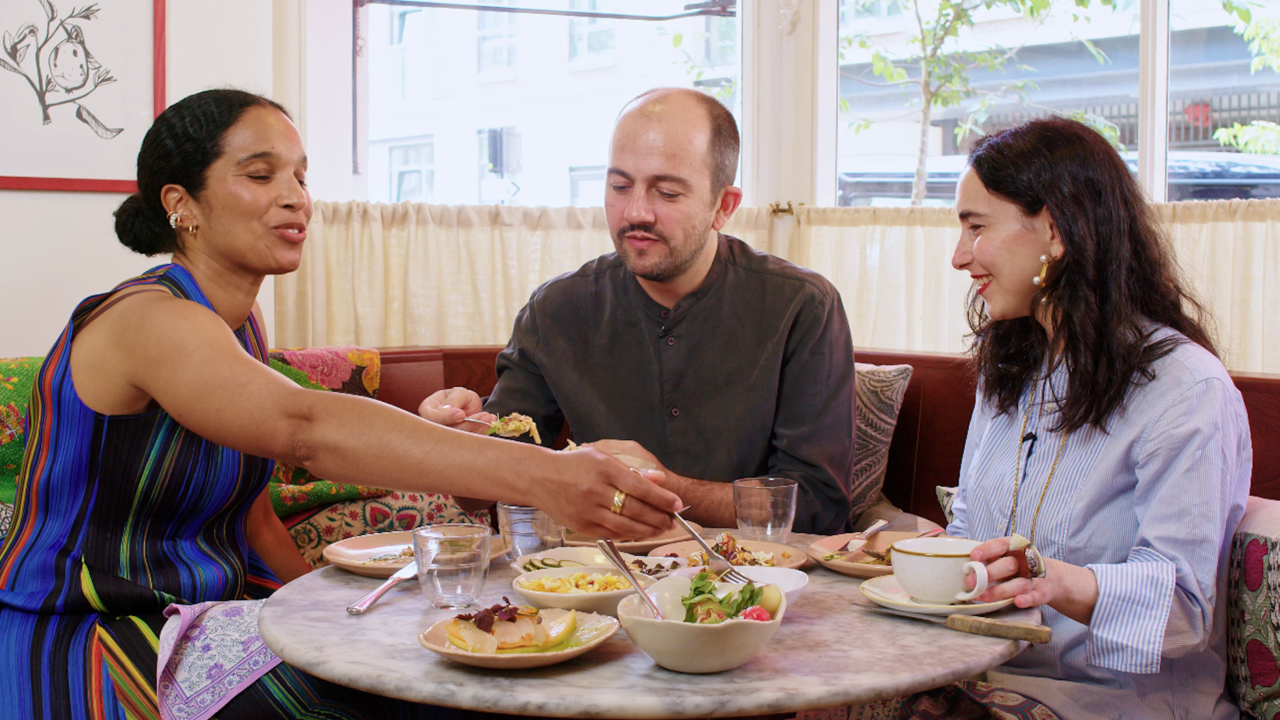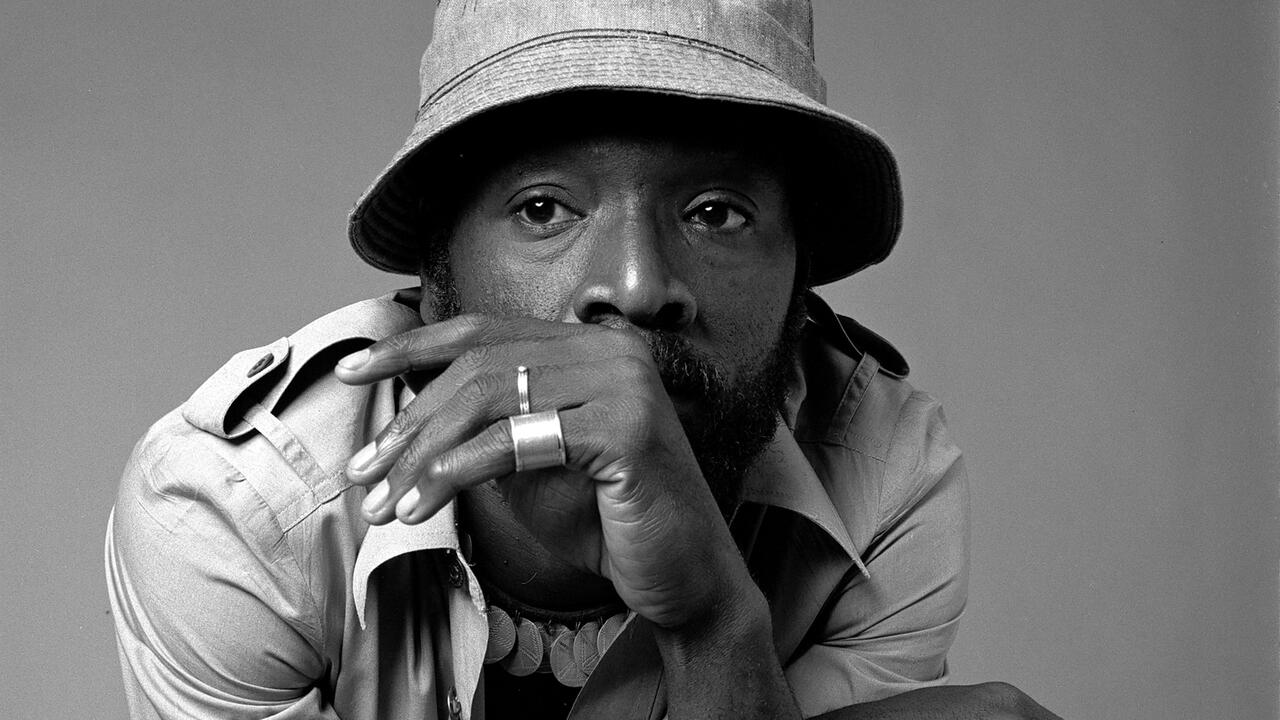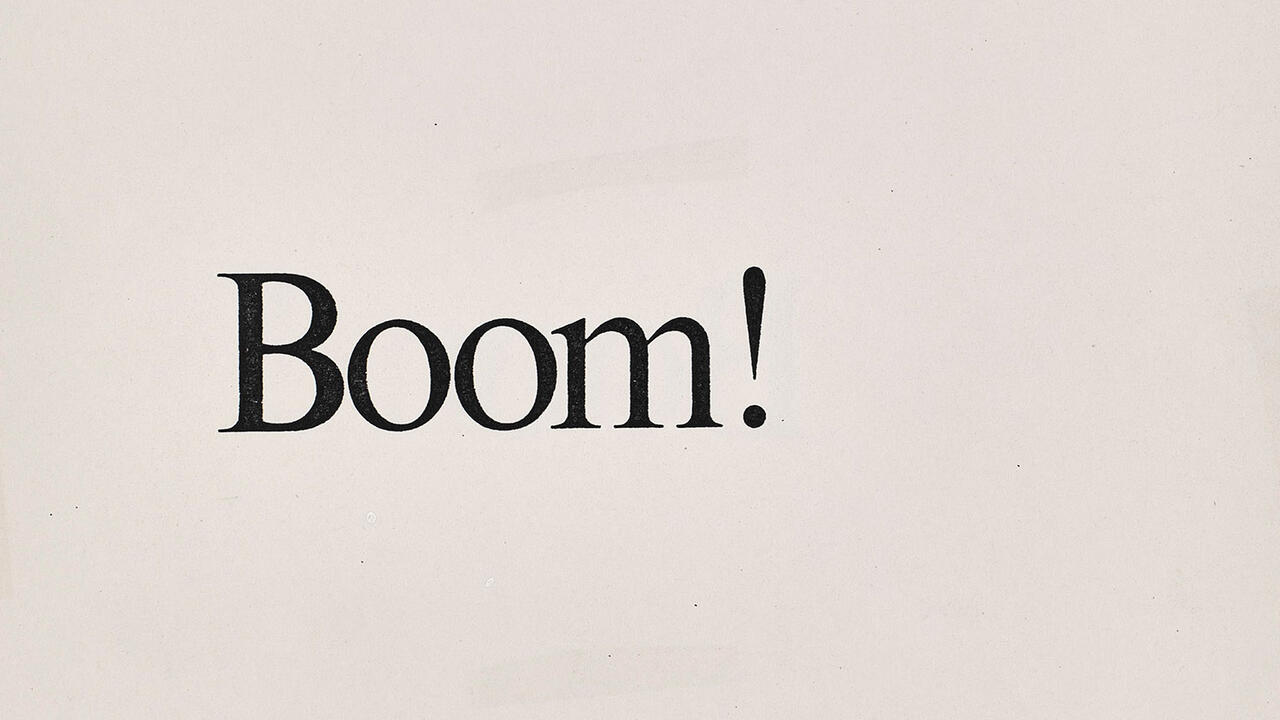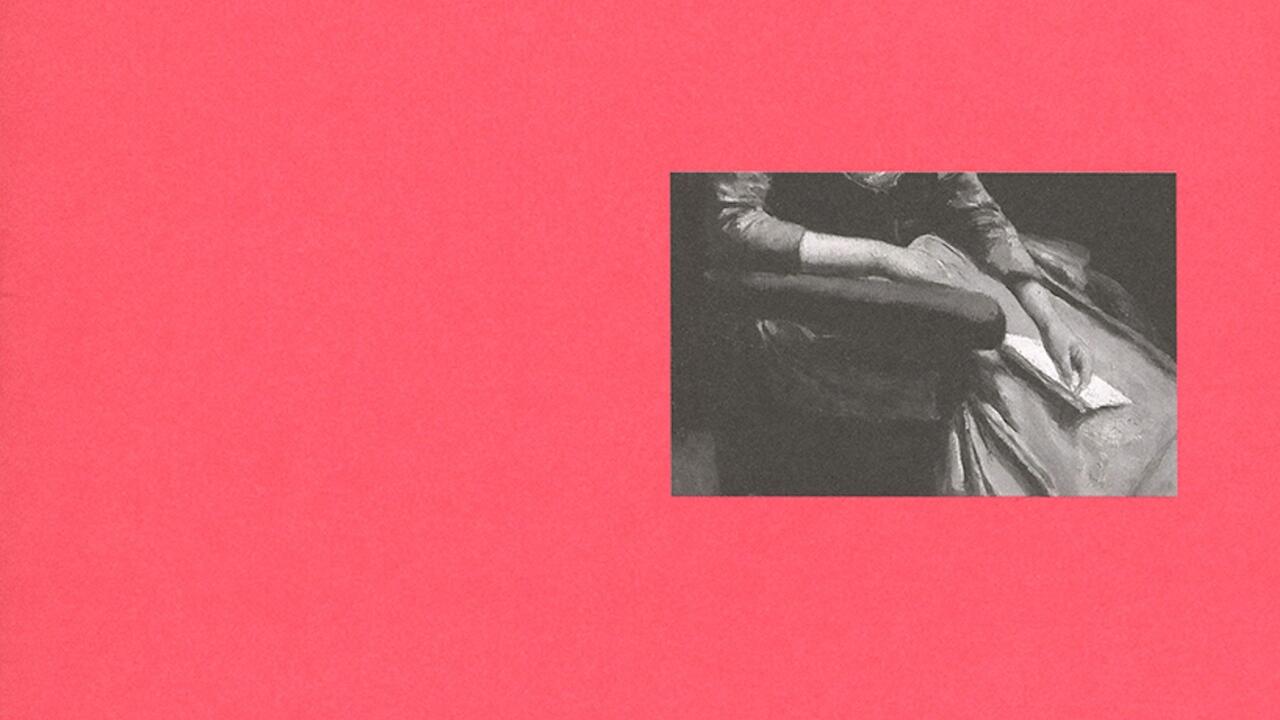Learning by Heart
What can art teach us about happiness?
What can art teach us about happiness?
Adrian Searle once claimed, in the pages of this magazine: ‘Everything I know, I think I’ve learnt from artists.’ In wondering, as I often have, whether what he said could be true and, if so, whether it could be true for me too, I’ve found myself asking what an education solely directed by art and artists would consist of.
Contemporary art can appear to be boundlessly enlightening, and those of us who surround ourselves with it can run the risk of it being our sole source of intellectual and spiritual illumination. But it’s not encyclopaedic. Driving, growing vegetables, playing or watching sport, and keeping pets are just a few of the topics on which, in my experience, recent art has been generally mute. Also, perhaps surprisingly, is happiness.
By contrast, despair, anxiety, fear and anger abound in today’s art as they have done for centuries – since Romanticism, if not before. The cliché of the unhappy artist is so entrenched that, even when faced with an ostensibly beautiful or affirmative art work, most people (especially when wishing to seem discerning and insightful) try to penetrate its supposedly superficial aesthetic pleasures in order to root out that which is disturbed or disturbing, off-kilter or outright painful. That is where profundity lies, we think; there is the truth that art prizes.
Critics writing about the recent work of Ken Price, whose posthumous retrospective is currently at the Los Angeles County Museum of Art, have been as guilty of this as anyone. One reviewer saw in the iridescent Zizi (2011), one of Price’s last works, not only ‘luxury, sex, comedy’ but also death – via an implausibly specific resemblance to Mesoamerican Chac-Mool sculptures, which are supposed to have been used in sacrificial rites. It’s a stretch. It reveals, perhaps, how uncomfortable critics are with unmitigated luxury, sex and comedy, and how knowledge of an artist’s biography can overwhelm one’s interpretive faculties.
In 2007, Price was diagnosed with tongue and throat cancer, and soon after told that his condition was inoperable. Sculptures that look like jolly gobs of ectoplasm or lazily drooping fungi have been compared by commentators to tumours. Some look like fleshy mouths; a wobbling pink cloud from 1998 is titled Cheeks. After Price’s diagnosis, these allusions took on added poignancy.
The thing about Price’s gorgeous sensual ceramic sculptures is that they have always rebuffed language but, at the same time, compelled viewers to try and find descriptive and analytical terms to make sense of their beauty. Such language tends to lean towards representational associations, rather than moods or tones. No critic in their right mind would say that these seem like happy sculptures, both products and producers of happiness. But that’s what they are.
Beauty is not happiness; nor, strictly, is pleasure, joy, bliss or jouissance. Jacques Lacan took care to distinguish mere pleasure from jouissance which, he said, was akin to a painful excess of pleasure. Roland Barthes thought pleasure contenting, satisfying, affirmative, bourgeois; in The Pleasure of the Text (1973), he wrote that only jouissance is culturally progressive, and ‘unsettles the reader’s historical cultural, psychological assumptions, the consistency of his tastes, values, memories, brings to a crisis his relation with language’. The implication, of course, is that by acceding – even temporarily – to the stasis of pain-free contentment, one is automatically complicit in the ideology of the status quo. Nobody seems to have considered that unreflective critical miserabilism might, one day, become a status quo in itself, an equally reactionary pose of intellectual superiority.
Simple pleasure or quasi-painful jouissance: which state of mind most suits the work of Ken Price? It’s hard to say. In the final decade of his life, Price seems to have entered what he called his ‘golden period’. At the age of 67, he removed himself from Los Angeles, the city of his birth, to a house and studio he had built in Taos, New Mexico. It was an area he had loved since he lived there in the 1970s; out there, he said, the vast skies were ‘connected to the land’ and he had the space and the time to devote himself to his art. Price had his family around him – a wife to whom he was devoted and a son who worked closely with him in the studio. And as many people agree, it was there that he made some of his finest work. ‘I used to call it the highway to the unconscious,’ he said in 2007. ‘And that’s where I like to be, in that place where you’re open, your mind goes quiet, and before long all kinds of possibilities come.’ When illness came too, he is said by those who knew him to have faced it with courage and grace.
So which was it – happiness or pain – that spurred Price to greater innovation, material experimentalism, humour and imaginative clarity? It wasn’t just the urgency of knowing time was short that allowed him to make such vital and assured work. As Jeffrey Ryan has observed, Price’s sculptures have all the composure of Chinese Scholar’s Rocks. They are about a state of being; they do not rely on anything exterior to themselves. If that isn’t happiness, what is? Do they have the power, though, to salve misery, to make the unhappy happy? Of course not. But for those of us who are undecided, perhaps objects such as Balls Congo (2003) or 100% Pure (2005) can point us, sagely, towards a certain way of being. We need more art like that if we are to rely on it to teach us everything we know.
Oh, and the name of Price’s wife, who he adored and on whom he openly depended? Happy.





